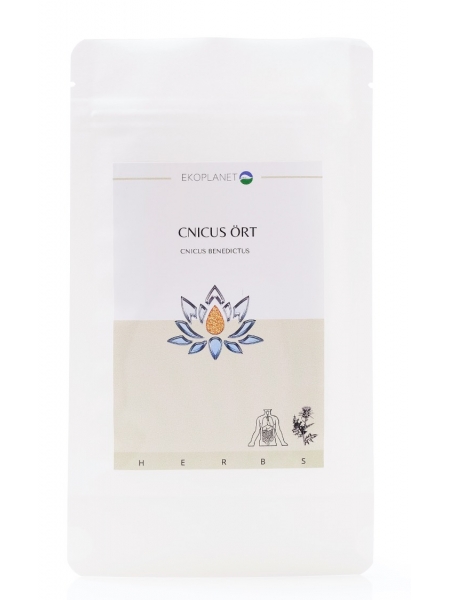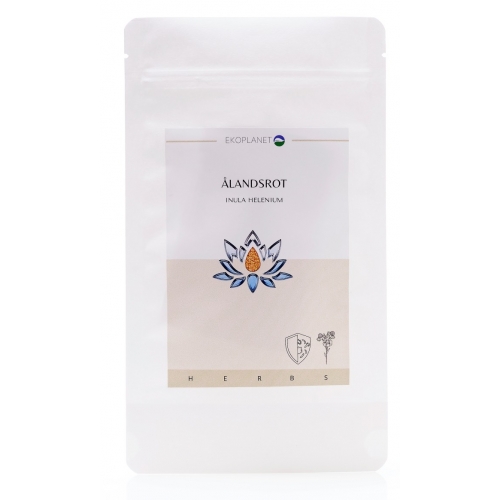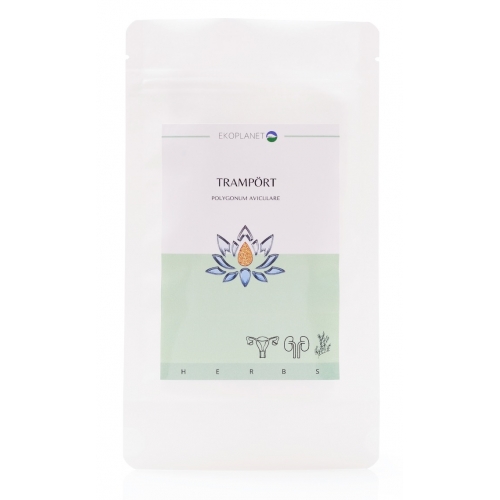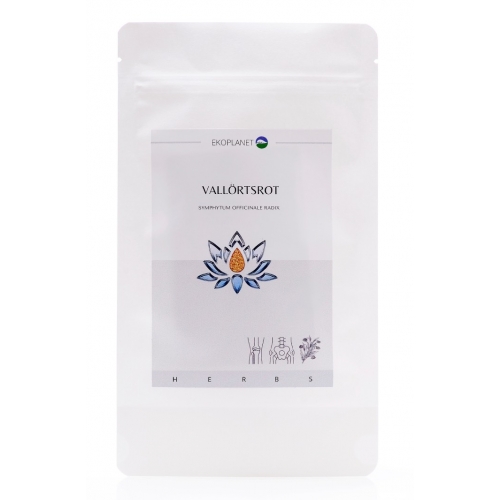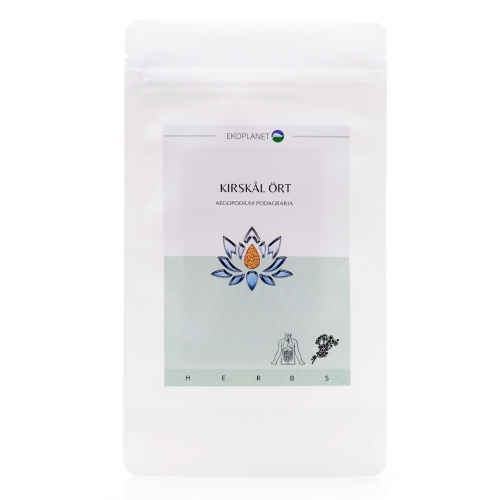St. Benedict's thistle herb - Cnicus benedictus 100g
St. Benedict's thistle or blessed thistle or holy thistle is an annual plant that has been hailed for centuries as a panacea for increased well-being. Once upon a time, it was one of the most popular herbs to be found in Benedictine gardens. The herb contains, among other things, flavonoids, bitter compounds, triterpenes and essential oils.
Comparative price: SEK 490/kg
Appearance of St. Benedict's thistle
The plant is approx. 60-70 cm high, multi-branched with red stems, hairy, lime green, lobed leaves with soft spines. The flower, which blooms from July to September, is bristly reddish with a lemon yellow center.
Characteristics
Blessed thistle is a treasure trove of flavonoids, bitter compounds, triterpenes, essential oils, minerals and vitamins. It contains a lot of magnesium, iodine and calcium as well as B vitamins and pantothenic acid. Used as a panacea to increase well-being.
Contraindications and side effects
Do not use the herb for stomach ulcers and severe intestinal diseases. Do not exceed the recommended daily intake as this may cause side effects such as nausea, diarrhea and vomiting.
Ingredients: St. Benedict's thistle (Cnicus benedictus) dried herb
Dosage: Brew a cup of herbal tea with 1-2 tablespoons of cnicus that is allowed to steep for 15 minutes. Strain. Drink ½ cup 2-3 times a day.
Storage: Store dry, dark and well sealed.
Country of origin: Poland
ATTENTION!
Do not use St. Benedict's thistle for stomach ulcers and severe intestinal diseases. Do not exceed the recommended daily intake as this may cause side effects such as nausea, diarrhea and vomiting.
Do not use in case of allergic reactions and during pregnancy, breastfeeding and for small children.

